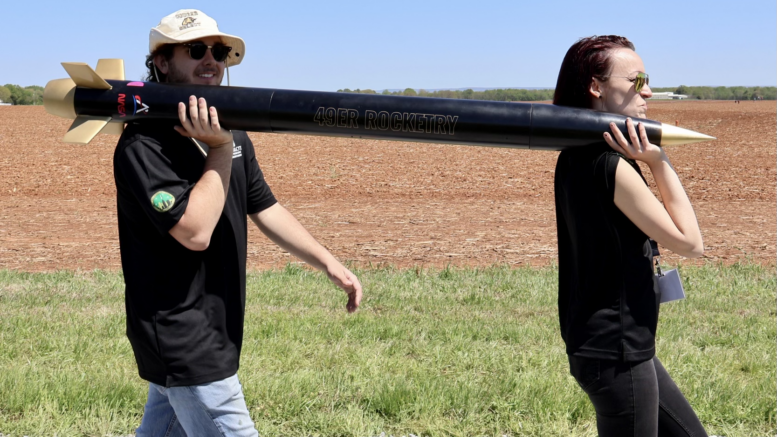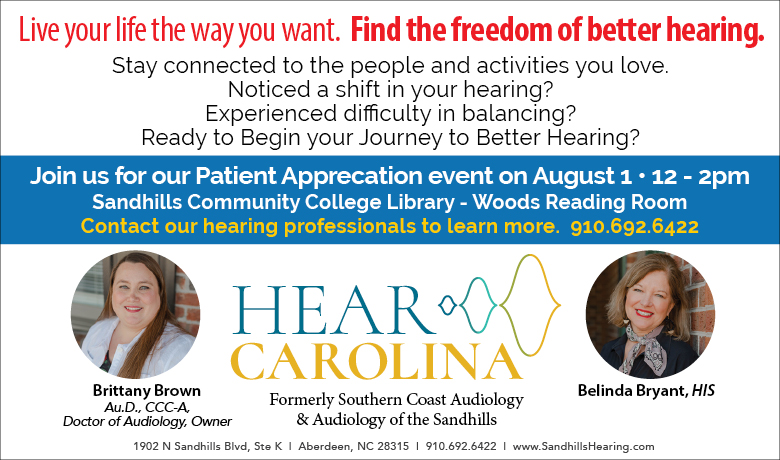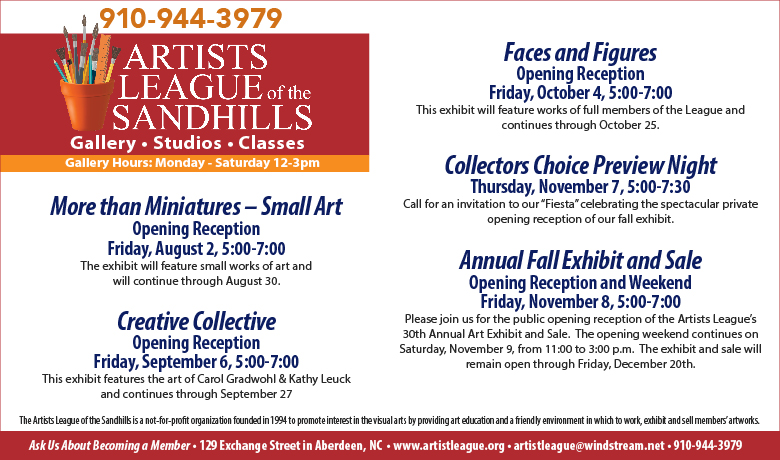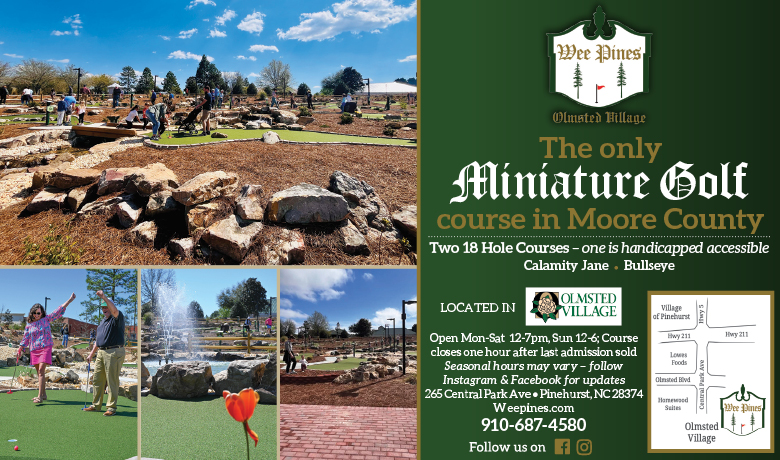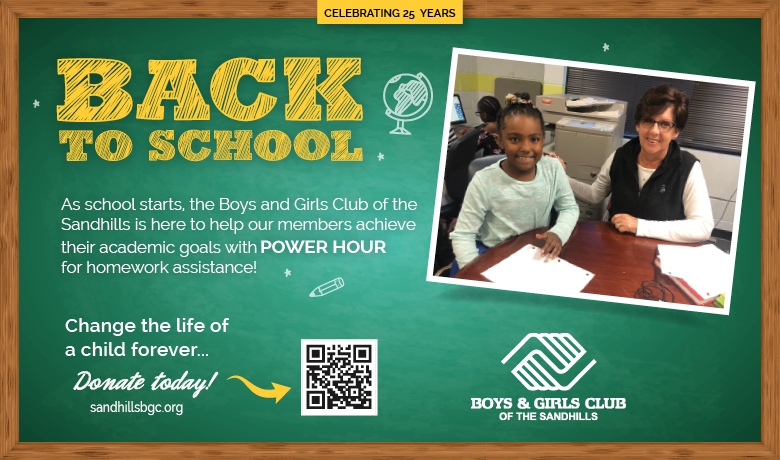By Maggie Beamguard
Insider Editor
Andrew McPartland alertly stood on an open field under the clear blue sky of Bragg Farms, located just north of NASA’s Marshall’s Space Flight Center in Huntsville, Alabama on April 13.
In the distance, his eyes were trained on launch pad 73 where the rocket he designed, built and tested with 10 teammates from UNC Charlotte sat waiting for the announcer’s command: “5-4-3-2-1 ignition.”
Weighing in at 31 pounds and measuring 4.5 inches in diameter and 5.75 feet long, the team’s rocket baby, “The Brass Knuckle,” took them nine months to build from conception to competition at the NASA University Student Launch Initiative.
With a spark, it lifted in the air with a slight corkscrew, lost to the naked eye at an altitude of 4,056 feet, about three-quarters of a mile.
When it came back to earth, they were over the moon.
It is Like Rocket Science
Months of work and many sleepless nights brought them to this moment. McPartland’s team was one of 49 that made it to launch week from an original group of 70.
McPartland, who graduates from UNC Charlotte this month with a Bachelor of Science in mechanical engineering, chose to participate in the NASA USLI for his senior design project.
Throughout the nine-month competition, teams present extensive documentation to NASA Engineers for feedback and critique before manufacturing and testing their original rockets. Points are awarded to teams along the way.
The UNC Charlotte Team worked in two groups, a vehicle team and a payload team.
The rocket was mostly built in-house using the university’s 3D printing lab and machine shop. The carbon fiber airframes were outsourced and then refined in-house, including sanding and painting. Unique to their project, and the inspiration for their rocket’s name, was the brass nose cone tip, weighing in at over one pound.
Preparing to Launch
Before teams can compete, they must demonstrate their rockets can ascend and descend safely within the required parameters.
The main goal of the competition is to build a rocket vehicle based off of NASAs handbook with an accompanying payload. While the vehicle rocket requirements are similar year to year, NASA changes the payload for each competition. In 2023, teams were required to build a device that could take pictures after the rocket landed.
This year’s teams faced a particularly difficult challenge. They had to build a lander that would release from the rocket in air and return to the ground with safe survivability metrics. “There was a lot of freedom given to teams this year because of how hard it was.” McPartland said.
Teams had to demonstrate a successful payload before they could fly in competition. Only eight teams of the 49 in competition were able to launch with the payload.
The Gravity of Failure
Unfortunately for McPartland and his teammates, they were among those who were not able to meet the payload parameters. They launched instead with a simulated mass with the same weight and dimensions as the payload.
Due to the complexity of this year’s payload requirement, NASA gave the many struggling teams a little leeway in the weeks leading up to competition.
Four teammates spent every night in the lab for two to three weeks working on a revised drop test. “It was extremely draining,” McPartland said. “Because to work that hard on something and to put that much effort into something that eventually fails is really tough.”
But this is science. “It’s a failure. Failure is something that you’re going to encounter, especially in this field. But it depends on what you do after you fail.” Given more time in the lab, McPartland believes they would have attained successful results.
While this was the most significant failure they faced, they did overcome other challenges through the process. “Having those failures makes the success that much sweeter,” he said.
Final Countdown
Teams from schools like Vanderbilt, Carnegie Mellon, New York University, Notre Dame, West Point, Purdue and Iowa State landed in Huntsville in early April to participate in launch week. Events included opportunities to meet an astronaut and the rocket fair where everyone got to show off their hard work.
Launch Day starts early and goes long. Teams have two to three hours to prepare their rockets. “When your time comes up, you walk over to the launch pad, throw it on and then pretty much cross your fingers until they hit that launch button and watch it and hope everything goes well.” McPartland said.
“It’s really cool because there’s 49 other teams that you get to see do the exact same thing so you’re watching these rockets just fly up one after the other all day. Our flight was successful and in competition we received all bonus points.”
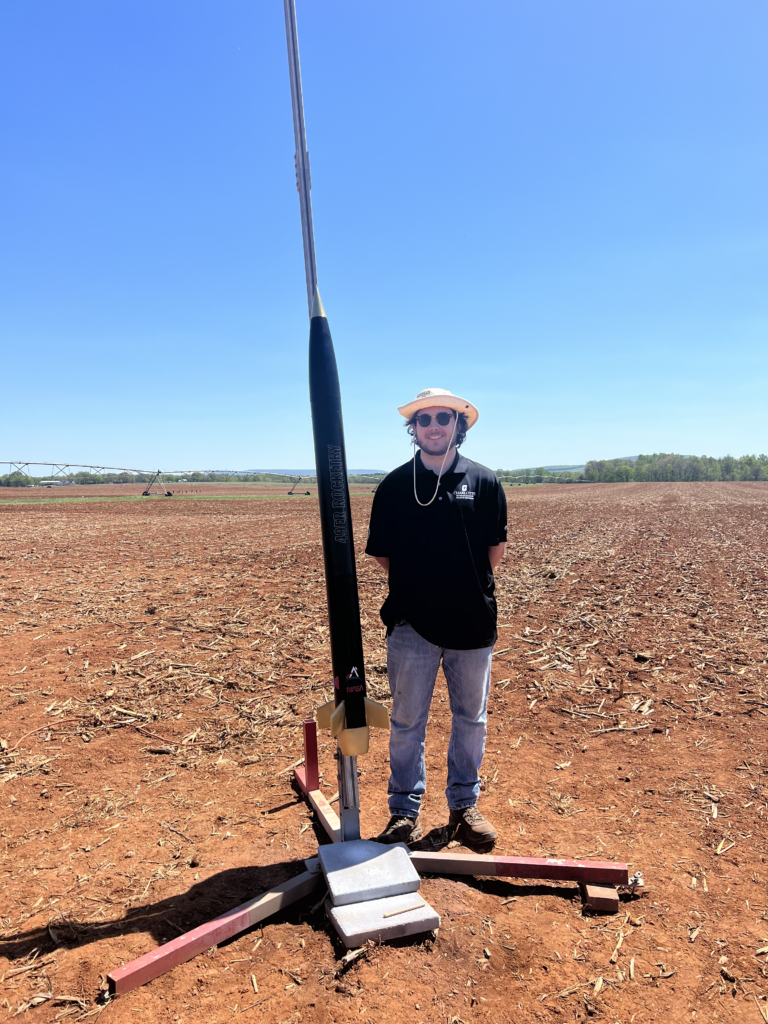
Touchdown Brings Me ‘Round Again
McPartland served as the team’s recovery officer. “My job was to get the rocket back down to the ground safely through the use of parachutes.” Rockets are carefully choreographed to come down in three sections: propulsion, recovery including the avionics bay and payload.
“Everything went well,” said McParland. “The first section separated at apogee, the highest point of the flight when velocity hits zero and it starts coming down.”
The main parachute took its sweet time opening. “It finally opened up but gave us a heart attack. But once that main parachute opened up it was deemed a successful flight.”
They came within 144 feet of their target altitude of 4200 feet. The launch is available to watch on YouTube (7:07:50) at NASA Student Launch 2024.
“It was surreal,” McPartland said when recalling their successful competition flight. “It was really unbelievable just to see like all the hard work that you’ve gone through all year really resulted in something.” It was an emotional day. “I can absolutely say that I’ve never put this much effort into a greater cause. Seeing it succeed like it did was extremely rewarding.”
Aiming High
McPartland’s family moved to Seven Lakes in the spring of his senior year at Green Hope High School in Cary.
“I spent all of COVID in Seven Lakes and my summers here so it’s been really nice getting to know the town,” he said. It’s the perfect place for someone who loves to golf and fish.
After graduating from UNC Charlotte, McPartland plans to launch himself into an aerospace career. His high aims are fueled by a lifetime love of science. “It started with natural sciences — just playing outside and bugs and plants,” he said.
His parents nurtured his curiosity and encouraged him to attend science camp and to take advanced science classes. “One of my favorites was AP Environmental Science. I also took a Marine Biology class in high school that opened my eyes to the mysteries of the ocean.”
McPartland had a natural knack for mathematics, which propelled his studies in the sciences and pushed him toward the study of mechanical engineering. Originally he considered going into the marine biology field. “Mechanical engineering has a huge role to play including manned and unmanned submarines that allows us to explore the ocean in ways that we’ve never done before.”
But gradually he set his eyes toward the skies. “I have the skills to be good at it, and being able to do an engineering degree opens up many doors for research and science as well as aerospace.”
Propulsion Lessons
While NASA will not announce the award winners until June, McPartland brought home many intangible rewards.
McPartland says in addition to the massive engineering knowledge he gained, he has learned plenty of other lessons to skyrocket him into the future.
“I learned an absurd amount about teamwork and how to navigate working with other engineers to achieve something like this,” he said.
Through the highs and lows of working with others, McPartland gained insight into what makes for successful leadership and the importance of accountability within a team.
“This definitely opened my eyes to what good leadership is,” he said. He agrees with a teammate who was fond of saying that any leader asking people to do something should be willing to do that thing, whatever it is, him or herself.
McPartland discovered his own ignition source during the experience. “When 3 a.m. rolled around and I was mentally and physically exhausted, I found another part of myself that I didn’t know existed,” he said. “Being able to do whatever is necessary to get done was definitely a result of passion, but I felt like it was more than that. I always knew I liked stuff like this. I never knew that I could put all of myself into it.”
As tough as the competition was and as physically, mentally and emotionally draining as the past months have been, McPartland says he wouldn’t change a single thing. “It was an unbelievable experience.”
Contact Maggie Beamguard at maggie@thepilot.com.

